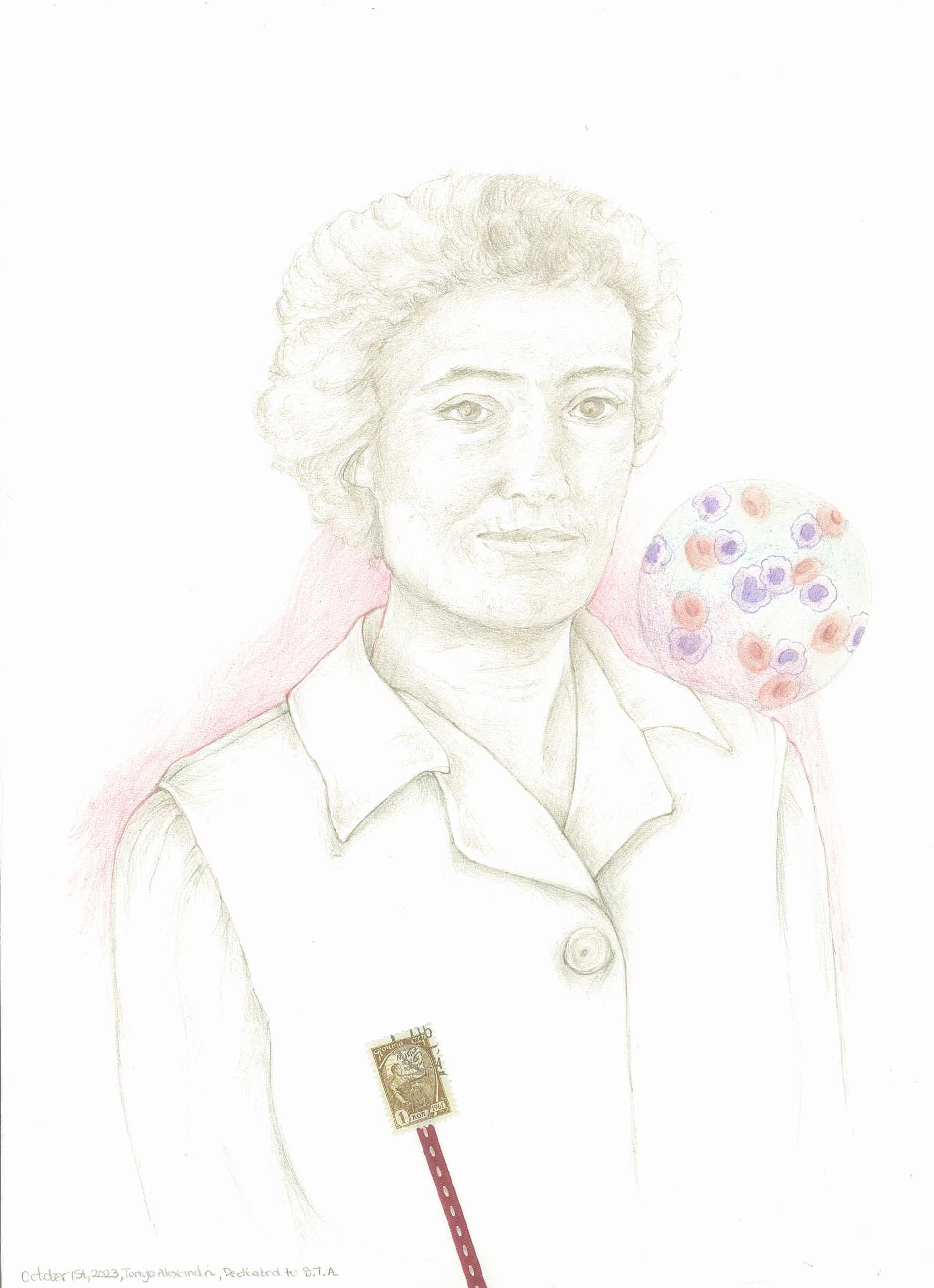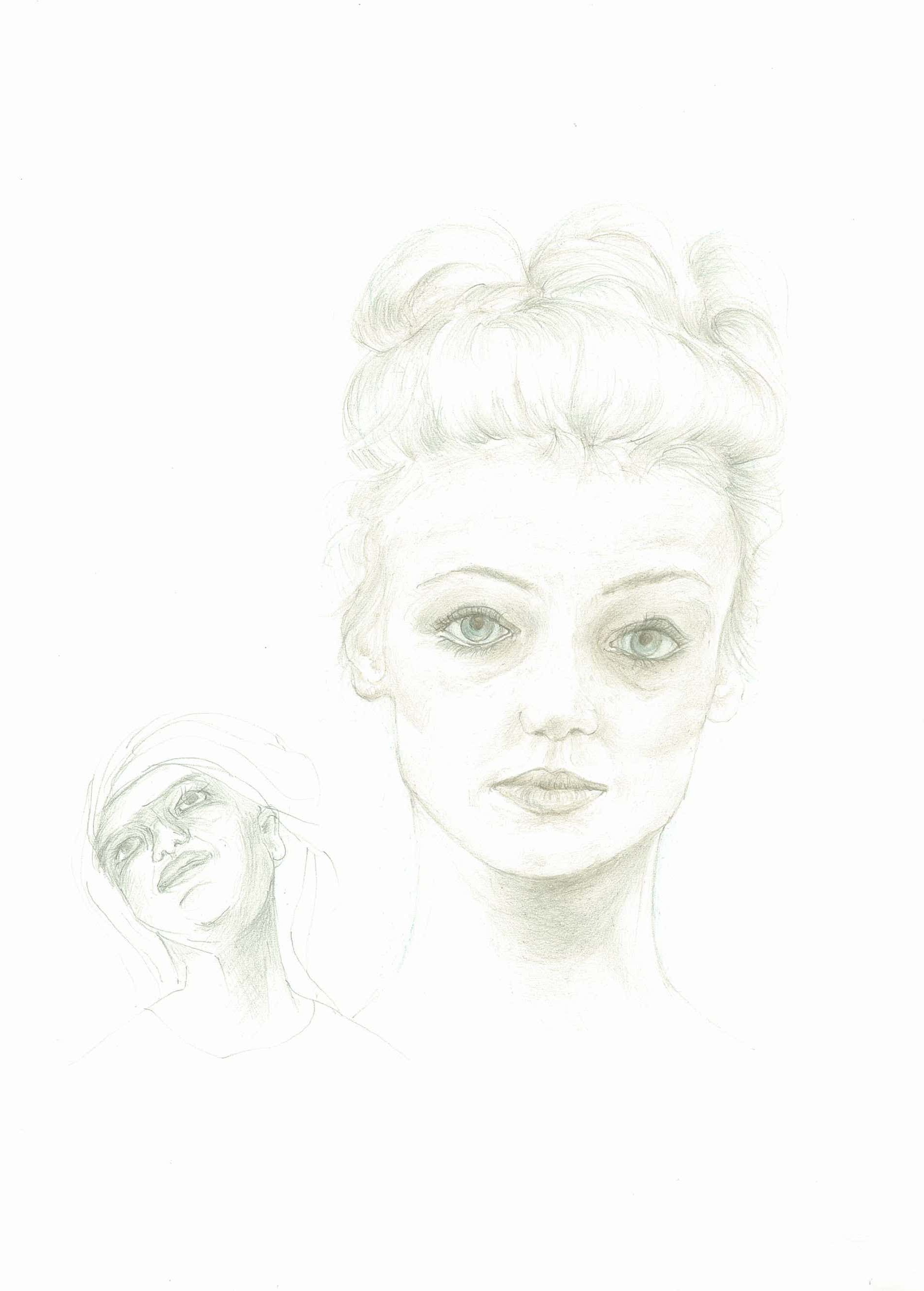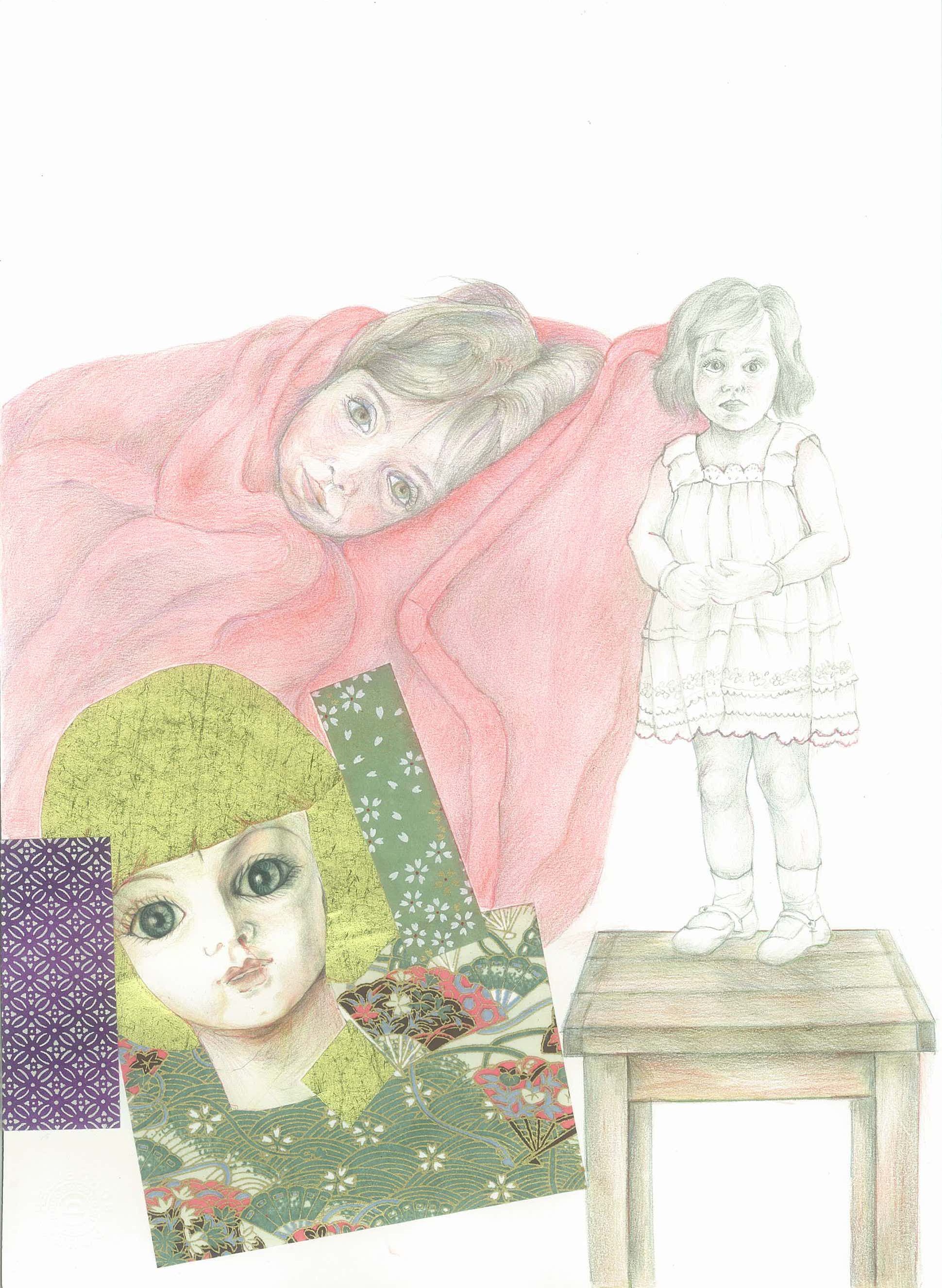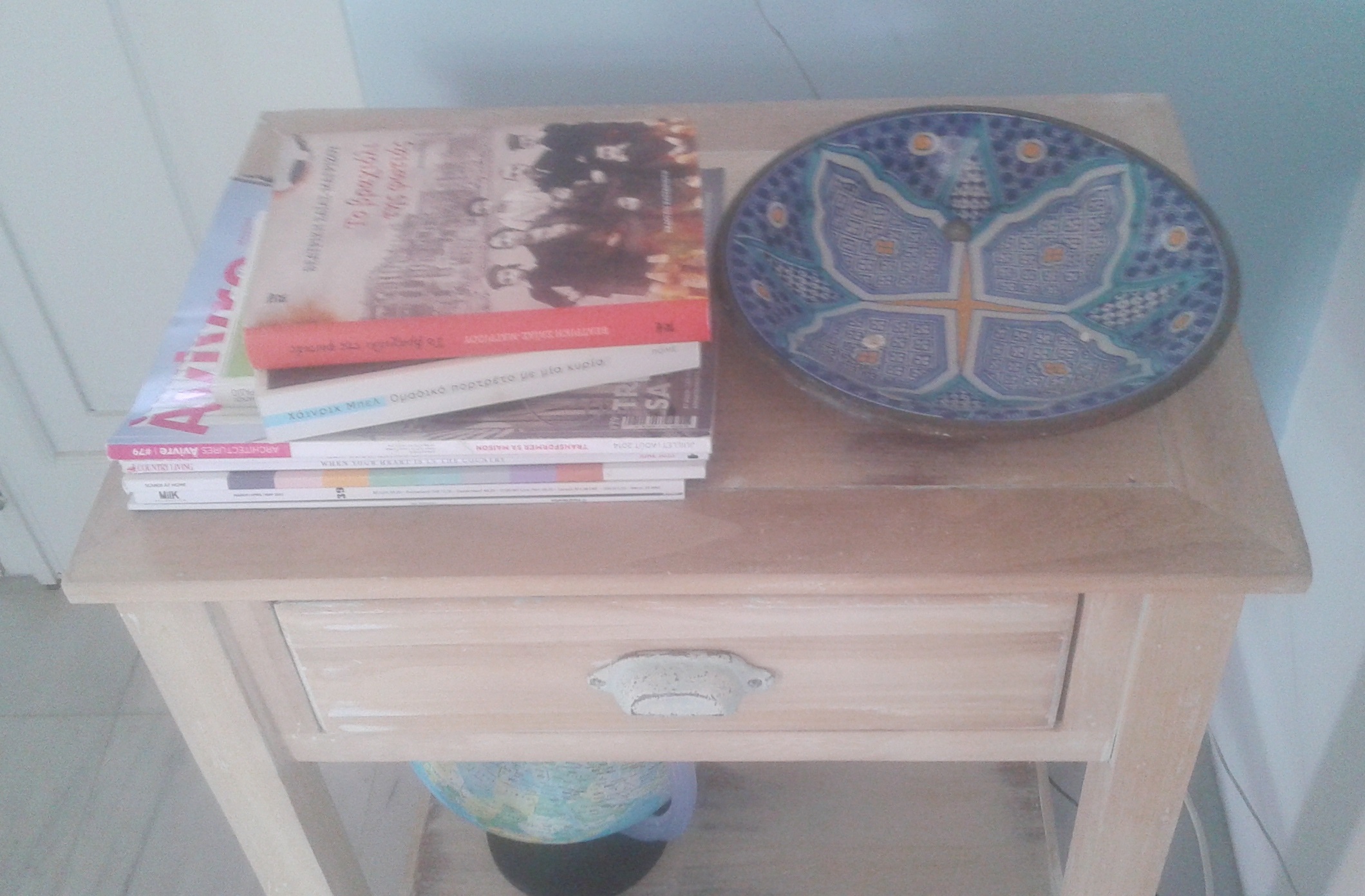Private and public life
Quotes from A Chorus of Stone: The Private Life of War by Susan Griffin
“…each solitary story belongs to a larger story”
“Often I have looked back into my past with a new insight only to find that some old, hardly recollected feeling fits into a larger pattern of meaning.”
“Is there a child who existed before the conventional history that we tell of ourselves, one who, though invisible to us, still shapes events, even through this absence?”
Today I’m sharing some more pencil artwork. I’d like to say that one of these drawings is dedicated to my mother-in-law, who succumbed to illness and passed away early. Also, I’m discussing a book I’ve completed reading, in which the writer powerfully reveals our embeddedness in history and our inescapable interdependence, and also, how the public arena and the personal are connected. And I’m referring to the book Το Βραχιόλι της Φωτιάς / The Baracelet of Fire by Jewish Greek writer Beatrice Saias Magrizou.



In reading the book and through the process of making these drawings I got in touch with the burdens we carry, whether conscious or not, of those that came before us or those living alongside of us and of how history and patriarchy define a lot of what is considered as our individual lives, I felt the physical and emotional weight of the ordinary and often taken for granted oppressed and suppressed lives of women. This realization became more salient while making the portrait of my mother-in-law, who died when I was quite young and she was fifty two. I felt the commonalities of my own life and the lives of all the mother figures in my life despite our different personalities, experiences, education and circumstances.
The book I’ll be discussing today, A Chorus of Stones by Susan Griffin has received awards and was a Pulitzer Prize finalist. It is a courageous exploration of many things, but mostly the interconnection of our private life and the horrors of war and large scale violence, and the devastation they ultimately, leave behind for generations to come. Griffin reflects on how history, social structures and discourse shape our individual experience out there in the world and in our psychology and body, but also how boys are shaped into men and soldiers. She explores the common threads between destruction and self-destruction at an individual and at a mass level. Through her own and others’ intergenerational stories she examines how dynamics of parenting, childhood, marriage and family interweave with the larger scale events like wars and other destructive processes at a global level. She claims that “each solitary story belongs to a larger story”.
Griffin offers us an understanding of the psychology of war through providing glimpses into the personal lives of many historic figures like British officer Sir Hugh Trenchard, who began as a critic of strategic bombing, but later abandoned this belief, Mahatma Gandhi, Nazi Heinrich Himmler, Sigmund Freud, Ernest Hemingway and many other historical figures, writers and poets, artists, the scientists behind the building of more and more sophisticated weapons, but also ordinary people like the workers at Oak Ridge, a community that was planned around nuclear plants and research facilities. She makes us think about poverty and unemployment and how the only available work in the field of nuclear engineering was the weapons industry. We hold our breath as she tells the stories of a survivor of the bombing of Hiroshima, a soldier exposed to radiation and the attempts to silence him, the history of the atomic testing and the radiation experiments in the late sixties on cancer patients.
Griffin succeeds in creating intimate narratives of the grand architects of war, those that created and those that dropped bombs, soldiers and civilians, survivors and other witnesses to history, and many others whose personal relationships and family histories were impacted or forever changed by war, Griffin’s psychologically informed accounts show us how early life and personal experiences and the cultural milieu might have shaped the inner lives and worldviews of the architects of violence and those that created history. She also examines how war and large scale violations are rooted in lies and denial that are linked to denial, secrets and lies of families and individuals. She explores the consequences and impact of secrets and secret mechanisms at personal, familial, societal and governmental levels. She gives examples: “The public was told that old Dresden was bombed to destroy strategic railway lines. There were no railway lines in that part of the city.”
The book contains many threads and layers of stories that are artfully weaved to reveal the bigger tapestry of life. I will only be touching on the central themes. Griffin uses memoir, history, myths, journalism and facts, imagination, juxtapositions, and character sketches to create a powerful narrative. The book reads like a novel. She links and creates bridges across events and lives. At first the narrative might seem fragmentary as Griffin might move from the story of her grandfather or her grandmother’s efforts through: Grammar, Manners. Memorization and Drill, to reshape her as a young child, to a strategic bombing, Hiroshima, a concentration camp in Europe, the Cold War, the invasions of Vietnam and Iraq. Then we she might lead us to Alabama ,in the USA, where after WWII Wermer von Braun is designing rockets. She writes about the wars of antiquity in Greece and Troy, for instance, and wonders if the Helen of Troy might have been only a caricature of a real woman. We see into the inner world of Clytemnestra as she witnesses the sacrifice of Iphigenia by Agamemnon. We learn that this is the second child he takes from her.
Griffin does not only write about the historical facts. For instance, when she writes about Gandhi she makes it possible for us to see what the inner workings of his mind and his inner voices might have been. We see the historical moments that might have defined his making. Similarly, she creates a powerful character sketch of Nazi Heinrich Himmler, who became the architect of the Jewish genocide. We witness his controlling father and stifling upbringing, where a sustained effort is made to utterly stamp emotions out of him, we see him repeating his classmates’ confidences to his father, who is a schoolmaster.
Meanwhile, she uses short italic passages to tell us about cell biology and the development of weapons and guided missiles in Germany and then by some of the same scientists in the USA. These narratives are like two narrow, parallel rivers moving throughout the book. One river is murky and dark. It constricts our body. It feels more and more menacing as we witness the evolution of weapons into more and more sophisticated tools of destruction. But through this impressive mosaic structure we get to see the depths and breadth of the interconnection of both events and lives across places and time.
Griffin examines the relationship between war and denial and how there is a social structure that fragments events and where one is never allowed to see the effects of what one does. She writes: “I am not free of [denial] the condition I describe here. I cannot be certain how far back in human history the habit of denial can be traced. But it is at least as old as I am. In our common history, I have found it in the legends surrounding the battle of Troy, and in my own family I have traced it three generations back, to that recent time past when there had been no world wars and my grandparents were young. All that I was taught at home or in school was colored by denial, and thus it became so familiar to me that I did not see it.” And elsewhere she writes: “We are not used to associating our private lives with public events. Yet the histories of families cannot be separated from the histories of nations. To divide them is part of our denial.”
Some level of dissociation must have been in place for the atrocities of war to have taken place by ordinary people, who after cremating civilians, for instance, returned home to walk their dogs and play with their children. Some level of denial and compartmentalization needs to be in place in order to design bombs or to go to work at a nuclear plant day in day out. She writes: “The men and women who manufacture the trigger mechanisms for nuclear bombs do not tell themselves they are making weapons. They say simply that they are metal forgers.” Elsewhere she notes: “These crimes, these murders of millions, were all carried out in absentia, as if by no one in particular.” One woman she interviewed that had survived one of Himmler’s death camps said she had been turned in by another Jew and tracked down through a net of information a system tracing back to Himmler. Griffin writes: “One can trace every death to an order signed by Himmler, yet these arrests could never have taken place on such a massive scale without this vast system of information. What did they think, those who were enlisted for this work?” She also points to the use of denial to gain some sense of control both at a personal and collective level. She writes: “By denying the truth of an event, one gains the illusion of control.” She links denial with silencing, censorship and holding back the truth and its consequences. She writes: “The troubling nature of censorship is clearer when it falls on the very young. A certain kind of silence, that which comes from holding back the truth, is abusive in itself to a child….”
Griffin also looks at emotions like shame, fear, despair, anger, rage and revenge and finds these both in historical figures and her own self. She finds the core of her own rage as she remembers being unjustly punishment by her grandmother at the age of eight. At an educational context I was told that unfair punishment has served as an educational strategy since antiquity. She writes about the hidden shame, the fears and the pains that humanity carries, the consequences of these experiences on one’s own body, but also on others, and about the high price we pay as a species for mentally and physically brutalizing people out of their more “authentic” selves. She clarifies that psychology is one important route to understanding our human history and our lives; however, there are many other lens to see through and many reasons and causes to consider. She writes: “Rather a field exists, like a field of gravity that is created by the movements of many bodies. Each life is influenced and it in turn becomes an influence. Whatever is a cause is also an effect. Childhood experience is just one element in the determining field.”
Griffin includes the topic of self destruction and of suicide. Griffin writes that she finds Charlotte’s story especially pertinent now because she addresses the question of self-destruction and she [Griffin] has come to believe that our shared movement toward nuclear war is a movement toward mass suicide. She introduces us to the young German Jewish artist Charlotte Salomon, who newly married and pregnant died in the holocaust. Charlotte’s work of art titled: Life or Theatre? consists of 769 paintings, that depict her life story with words written on some of the paintings, and an accompanying text and even indicated music, which gives it the form of a theatrical play. In order to view and listen to it online one needs to spend several hours, but it’s worth engaging with it. Most of this work was completed between two arrests. Charlotte traces this almost unbelievable pattern of suicides in her family and writes she will tell the story so as not to repeat this cycle of self destruction in her family.
Charlotte, through her images and commentary, help us understand how “a menacing public history has been unfolding at the edge of her private story.” Griffin notes that Charlotte was trapped “as if by a vise, one arm of which is the torment of her private life and the other the danger of the public world. Her private troubles are depicted against a background of dramatic historical events. … Her story is simultaneously a story about war and about a family.” Griffin also mentions that in her work in progress about Charlotte’s life and work, Mary Felstiner points out that the suicide rate in Germany at the time was high, and was rising among upper-middle-class women and Jews. Through Griffin’s analysis and Charlotte’s work we catch glimpses of underlying reasons and circumstances. As Charlotte’s grandfather comes to the foreground we catch a glimpse of another thread. We realize that we need to consider patriarchy and the roles and places women have had n society.
There is a painting that shows Charlotte’s mother sitting alone, in a vacant apartment after getting married. Griffin writes one cannot but think of this young woman who just days before, working long hours in the wards of a hospital, was situated at the heart of public life, sitting now by herself with nothing much to do. And elsewhere, she writes that these same qualities of vitality and an independent spirit are the same qualities that fire her self-destruction. Griffin asks: “Had this opening existed for Charlotte’s mother, would she have continued living? I know that my own mother felt confined in the smallness of domestic life….. Over time, as many women do, my mother became inseparable from her confinement. She was defined by all she could not do, and then never did and then feared doing. She lost the capacity to imagine any other life,”
Griffin also demonstrates how her own life is connected to Himmler’s life and how our lives are can be connected to or impacted by people and events far away. She writes: “As a man who made history, Heinrich Himmler shaped many childhoods, including, in the most subtle of ways, my own. And an earlier history, a history of governments, of wars, of social customs, an idea of gender….. shaped Heinrich Himmler’s childhood as certainly as any philosophy of child-raising.” She refers to the impact of the German childrearing experts’ advice to dominate and suppress, and to crush the will of the child. Dr. Schreber advised “The child should be permeated by the impossibility of locking something in his heart.”

Beliefs and ideas, nuclear fallout, pollution, traumas and other miseries travel in time and they cross borders. Himmler made history that had devastating effects miles away from Germany. In her book Το Βραχιόλι της Φωτιάς / The Bracelet of Fire [a summer read] Jewish Greek writer Beatrice Saias Magrizou traces her family’s history in the 20th century in Salonika, where about 96% of the people from the Jewish community there [46.091 people] were sent to Auschwitz. Only 1950 returned. They found sixty of their synagogues, their cemetery, schools and their properties in ruins. Magrizou’s narrative of betrayal, denial and the procedures of recording every single Jew by the Gestapo, and what followed, are similar to the stories in Griffin’s book.
I will end this piece with two quotes, one from each of these books. Magrizou, referring to herself, writes at the end of her book: “….she felt the need to write about truths, so that the world might become a better place.” Griffin writes: “Only we know that the consequences of every act continue and themselves cause other consequences until a later generation will accept the circumstances created of these acts as inevitable. Unless, instead this generation tries to unravel the mystery.”
